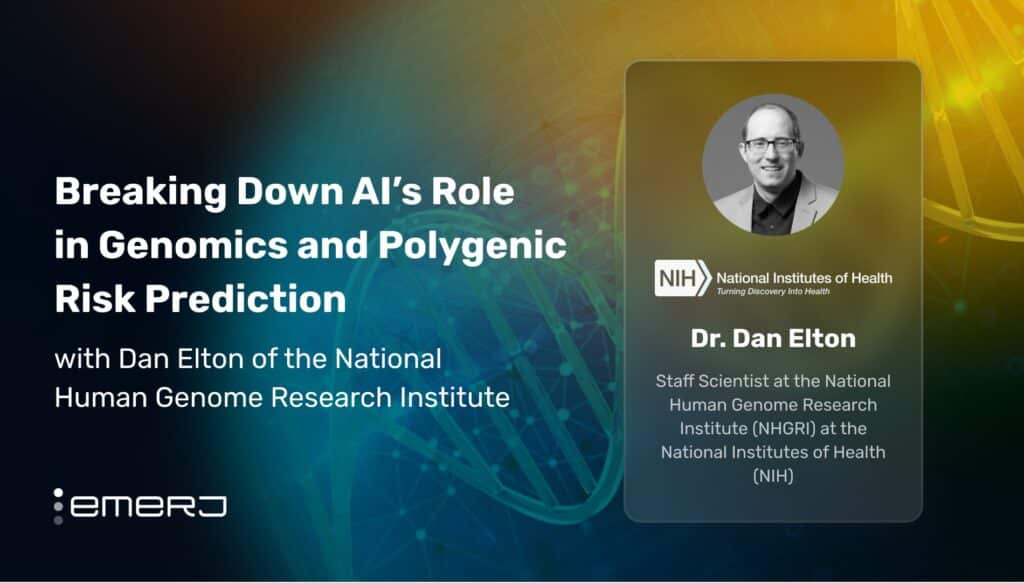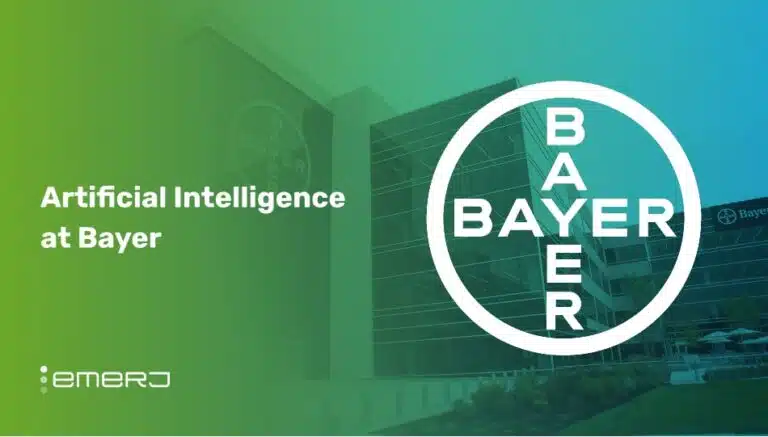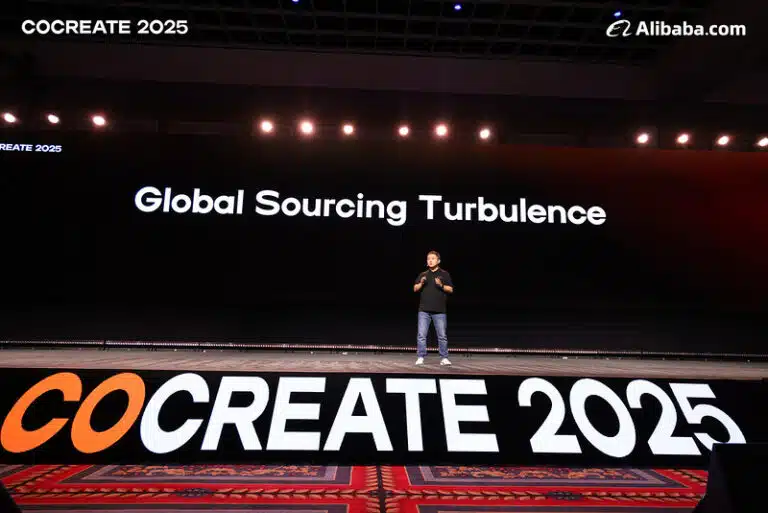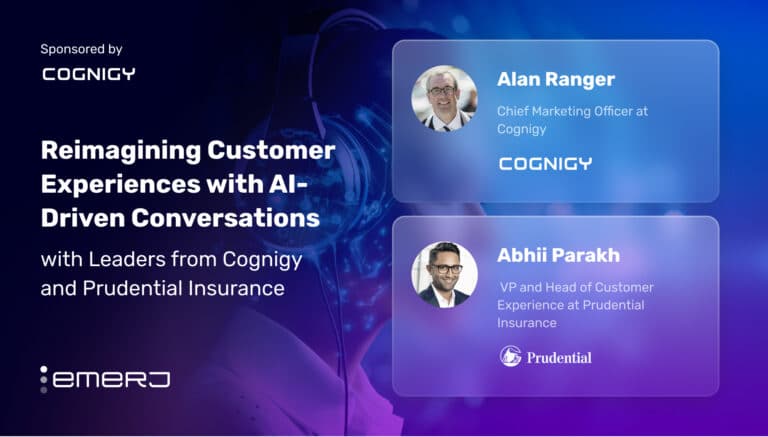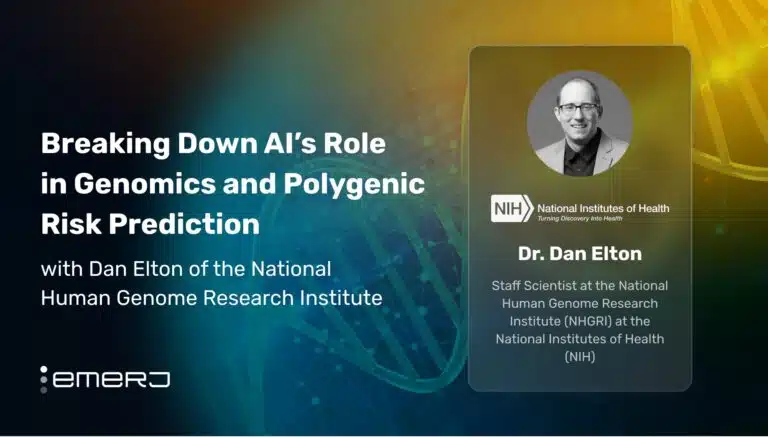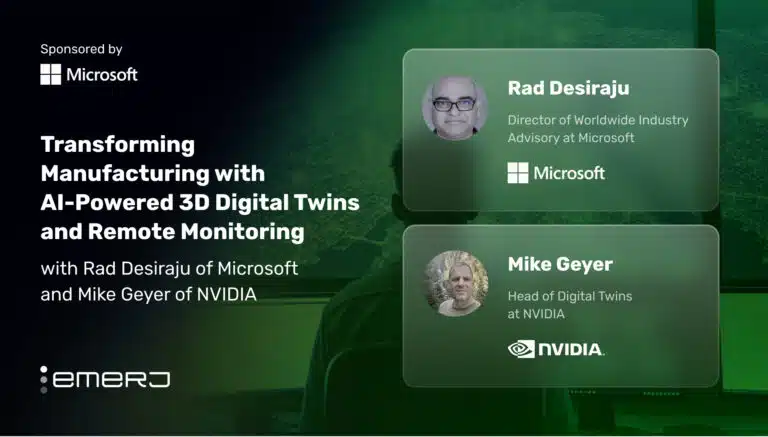While protein sequencing efforts have amassed hundreds of millions of protein variants, experimentally determined structures remain exceedingly rare, lagging far behind the number of unresolved structures.
The 2024 UniProt knowledgebase catalogs approximately 246 million unique protein sequences, yet the Worldwide Protein Data Bank holds just over 227,000 experimentally determined three-dimensional structures — covering less than 0.1% of known proteins.
De novo structure elucidation remains a prohibitively expensive and time-intensive endeavor. According to a peer-reviewed article in Bioinformatics, the average cost of X-ray crystallization is estimated at $150,000 per protein.
Even with an annual Protein Data Bank throughput exceeding 200,000 new structures, laboratory workflows struggle to keep pace with the relentless pace of sequence discovery, leaving critical drug targets and novel enzymes structurally uncharacterized.
By harnessing deep learning algorithms to predict three-dimensional conformations from primary sequences, AI-driven models like AlphaFold collapse months of crystallographic work into minutes, directly bridging the gap between sequence abundance and structural insight.
Emerj Editorial Director Matthew DeMello recently spoke with Dan Elton, Staff Scientist at the National Human Genome Research Institute, on the ‘AI in Business’ podcast to discuss how AI is revolutionizing protein structure prediction. Elton concentrates on AI-driven protein engineering and neural-network polygenic risk scoring, outlining a vision for how technology can compress R&D timelines and sharpen disease prediction.
Precision health leaders reading this article will find a clear and concise breakdown of critical takeaways from their conversation in two key areas of AI deployment:
- Enhancing polygenic risk stratification: Applying deep learning and neural networks to model nonlinear gene interactions, thereby sharpening disease-risk predictions
- Improving rapid structure elucidation: Employing AI-driven protein folding models to predict three-dimensional protein conformations from amino-acid sequences in minutes, slashing timelines for drug discovery and bespoke enzyme engineering
Listen to the full episode below:
Guest: Dr. Dan Elton, Staff Scientist, National Institutes of Health
Expertise: Artificial Intelligence, Deep Learning, Computational Physics
Brief Recognition: Dr. Dan Elton is currently the Staff Scientist at the National Human Genome Research Institute under the National Institutes of Health. Previously, he worked for the Mass General Brigham, where he looked after the deployment and testing of AI systems in the radiology clinic. He earned his Doctorate in Physics in 2016 from Stony Brook University.
Improving Rapid Structure Elucidation
Traditional structural biology methods have long constrained drug discovery and enzyme design workflows. Elton notes that determining a protein’s three-dimensional structure was an extremely difficult problem.
According to Elton, AlphaFold — an artificial intelligence system that predicts the three-dimensional structure of proteins from their amino acid sequences — bypasses these labor-intensive physics simulations by training deep neural architectures on evolutionary and sequence co-variation patterns. It ultimately collapses weeks of bench work into minutes on modern GPU clusters.
Elton explains that open-access folding databases now host over 200 million predicted structures, democratizing discovery by granting small labs the same AI-driven insights previously limited to large pharmaceutical R&D centers.
By collapsing months of laborious X-ray crystallography or NMR experiments into minutes on a modern GPU cluster, companies can now screen thousands of candidate molecules in silico, iterating designs with agility.
Elton emphasizes that this agility not only accelerates lead optimization but also reallocates experimental budgets toward functional assays and ADMET profiling.
Key AI data inputs include:
- Amino acid sequences paired with multiple sequence alignments to capture evolutionary constraints
- Deep learning models that predict residue-level confidence scores (pLDDT) and contact maps
- High-throughput in silico mutagenesis for de novo enzyme design and stability screening
Broadly, integrating AI predictions with targeted experimental workflows has slashed cost-per-structure metrics by orders of magnitude.
This computational acceleration proves particularly valuable for neglected diseases, where the Drugs for Neglected Diseases Initiative now maintains over 20 new chemical entities in its portfolio, partly through AlphaFold-enabled target identification.
DeepMind estimates that AlphaFold has already potentially saved millions of dollars and hundreds of millions of research years, with over two million users across 190 countries accessing the database.
However, Elton’s perspective acknowledges both the revolutionary potential and remaining limitations. While AlphaFold excels at predicting static protein structures, drug development increasingly requires understanding dynamic protein-protein interactions and conformational changes.
The recently released AlphaFold 3 addresses some of these limitations by modeling interactions between proteins and other molecules, including RNA, DNA, and ligands. Google claims in an interview with PharmaVoice that there was at least a 50% improvement over existing prediction methods for protein interactions.
Enhancing Polygenic Risk Stratification
Building on these structural breakthroughs, Elton next turns from folded proteins to the genome itself, where AI is poised to redefine risk prediction and gene-editing delivery.
Conventional polygenic risk-score frameworks rely on additive, linear regression models that perform well for highly heritable traits like height but fail to capture complex gene–gene interactions.
Elton explains that the way genes are associated with phenotypes is not simply linear. Nonlinearities exist as well, highlighting the limitations of sparse linear predictors.
Neural network and deep learning architectures offer a path to uncover epistatic effects, yet Elton cautions that such models demand unprecedented data and compute scales. He notes that to predict a condition like autism or even intelligence, researchers would need between 300,000 and 700,000 sequences, necessitating tens of trillions of letters or tokens.
In other words, matching the data scale of GPT-4 becomes a prerequisite — demanding robust cohort assembly, cross-biobank harmonization, and petascale compute infrastructure.
Elton candidly notes that the added value of using a neural net or a language model actually might be relatively small for some traits where linear models already capture most genetic effects. For heritable characteristics like height, for example, the added neural net value is relatively small because linear predictors explain all the heritability.
This honest assessment reflects the understanding required to prioritize which genetic traits and clinical applications justify the massive computational investment needed for neural network-based polygenic prediction.
Elton also warns that handling tens of trillions of tokens per project requires more than raw compute; it mandates rigorous data-management frameworks that ensure privacy, regulatory compliance, and security. Cloud architects and life-science IT leaders should therefore adopt:
- Encryption-at-rest
- Role-based access control
- Immutable audit trails to safeguard personally identifiable information
Beyond prediction, Elton mentions that AI is also transforming precision gene editing workflows. Elton describes ex vivo therapies — when blood is extracted, treated with genetic editing, and ultimately returned into the bloodstream.
In this way, AI tools can now fine-tune viral shells so they target the right tissues and optimize guide-RNA instructions to avoid accidental gene cuts.


